Gardening is one of the most satisfying hobbies you can have. There’s something magical about growing your own plants, flowers, or vegetables from scratch and watching them flourish over time. However, maintaining a garden can sometimes feel like an expensive affair.
From buying soil, fertilizers, and tools, to investing in pest control and irrigation systems, costs can add up quickly. But here’s the good news: you don’t have to break the bank to have a thriving garden.
With a little creativity, patience, and using items you already have around, you can keep your garden healthy and vibrant without spending a fortune.
This article will guide you through 20 dirt-cheap, simple, and effective ways to maintain your garden this season. These tips are easy to implement, mostly DIY, and perfect for gardeners on a budget. Let’s get started!
1. DIY Some Drip Irrigation
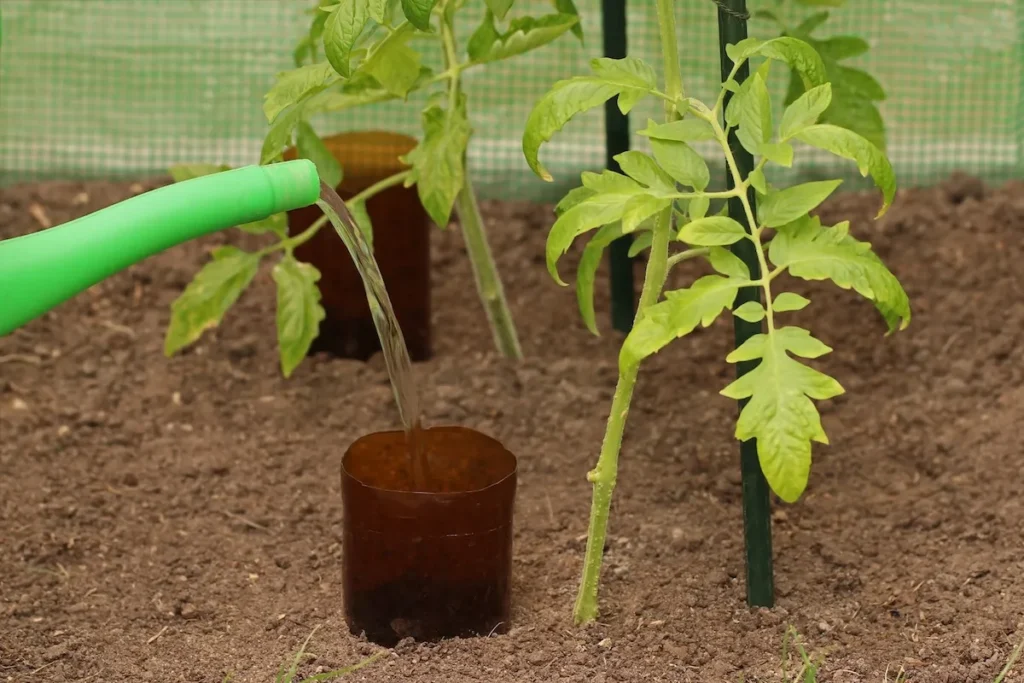
Watering your garden efficiently is one of the best ways to save both money and water. Commercial drip irrigation systems can be costly, but you can create your own for very little money. One popular method is using old plastic bottles.
Simply take a plastic bottle, poke small holes into the sides, and bury it next to the roots of your plants. Fill the bottle with water, and it will slowly drip water into the soil, exactly where your plants need it most.
This method is especially useful during hot summer months when frequent watering is necessary. It reduces water wastage by delivering moisture directly to the roots instead of the surface. Another DIY option is to poke tiny holes into a garden hose or old hosepipe and lay it near your plants.
Connect it to your outdoor faucet, and water will drip slowly, mimicking a professional drip system. Both of these methods are incredibly cheap, easy to set up, and great for keeping plants hydrated without wasting water.
2. Kill Grass with Cardboard
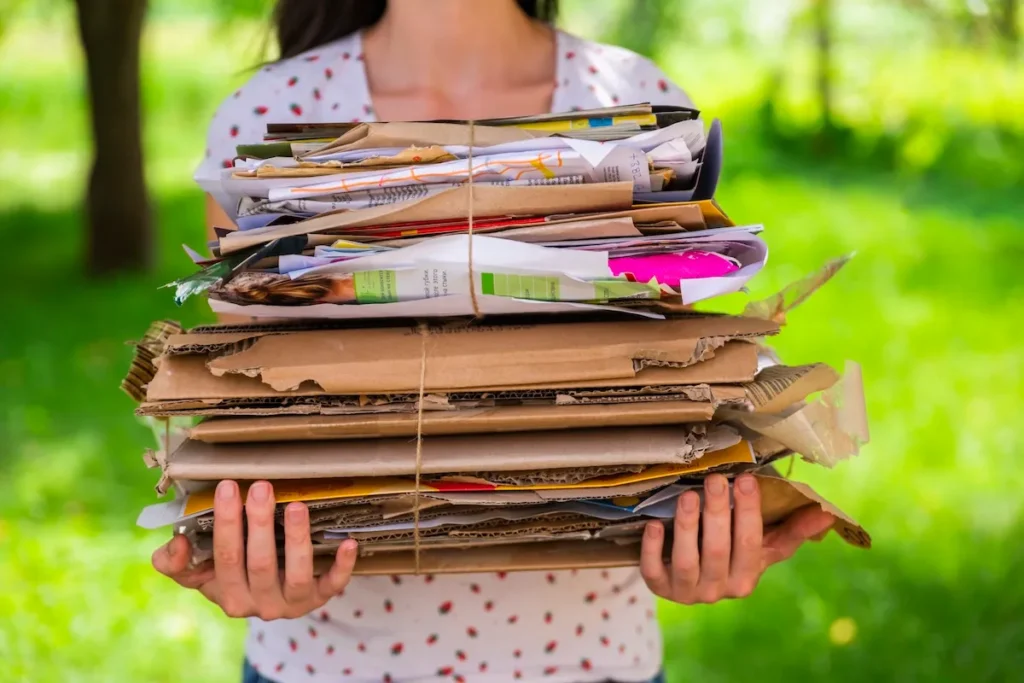
If you want to expand your garden beds or clear an area for planting, removing grass can be a hassle. Instead of spending money on chemical weed killers, try using cardboard. Flatten out old cardboard boxes and lay them over the grass you want to kill. Then, cover the cardboard with mulch or compost.
The cardboard blocks sunlight from reaching the grass, which eventually kills it. Over time, the cardboard breaks down, enriching your soil. This method is great because it’s chemical-free, eco-friendly, and practically free if you already have cardboard boxes lying around. Plus, it’s a gentle way to prepare your garden beds for planting.
3. Shade New Plants with Lawn Chairs or Sheets
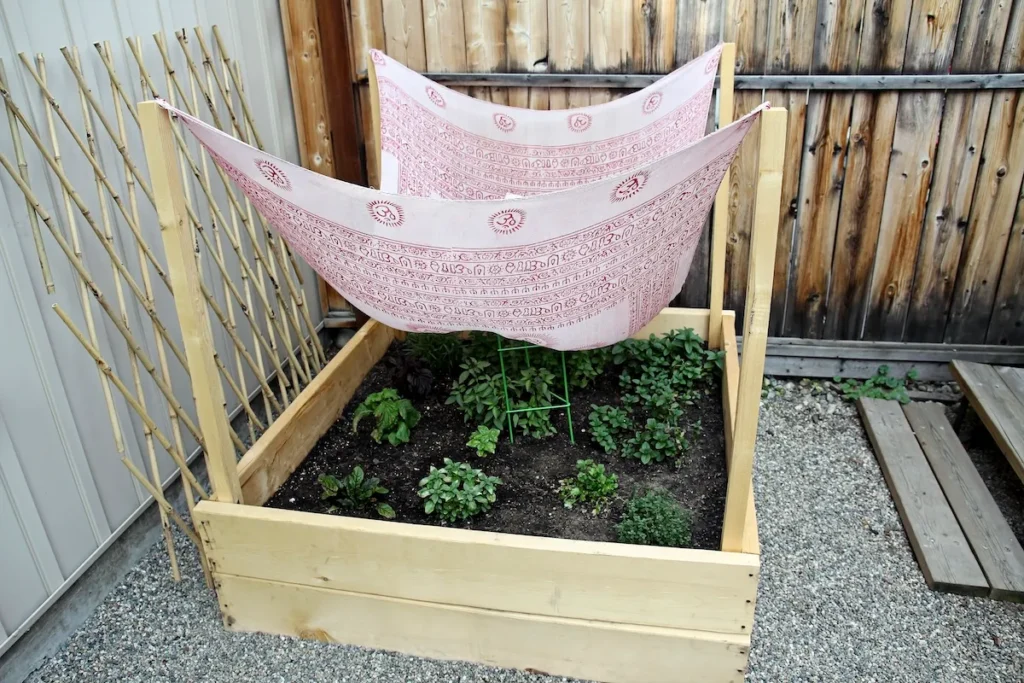
New plants and seedlings are sensitive and can get stressed or sunburned in intense sunlight. Instead of buying expensive shade cloth, use what you have at home. Lawn chairs, umbrellas, or even old bedsheets can be arranged to provide shade during the hottest parts of the day.
For example, you can drape a lightweight sheet over a few lawn chairs to create a temporary shade tent. This protects your young plants from harsh sun and helps them acclimate to outdoor conditions more comfortably. Using items you already have reduces the cost and encourages reusing materials, which is always a win.
4. Plant a Garden in a Bag
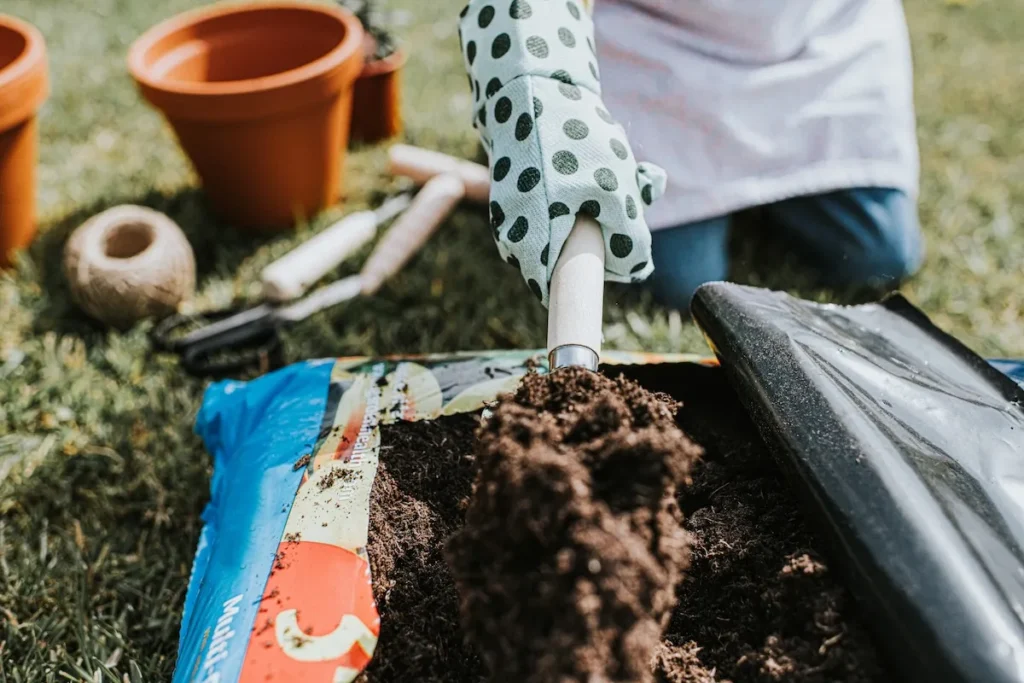
If you have limited space or poor soil, planting in bags is a great alternative. Grow bags or even strong garbage bags filled with good-quality soil allow you to grow vegetables or flowers anywhere, including patios, balconies, or small yards.
These bags are inexpensive, portable, and make gardening accessible if you don’t have a traditional garden bed. You can find grow bags cheaply at gardening stores or online, or repurpose garbage bags or large sacks.
Just make sure to poke drainage holes at the bottom to prevent waterlogging. Planting in bags also helps control weeds and soil quality, giving your plants the best chance to thrive.
5. Use Old Wine Corks to Sow Seeds
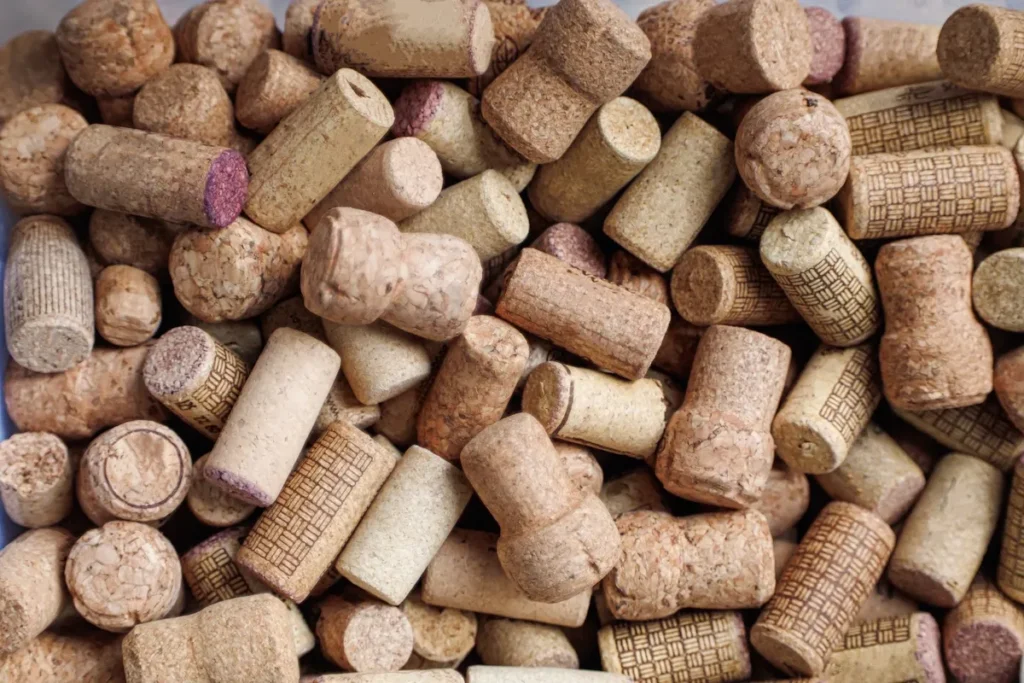
Old wine corks can be repurposed into tiny seed starters. Poke a small hole in the middle of a cork, and place a seed inside. The cork helps retain moisture around the seed, providing a mini greenhouse effect.
This is a clever way to recycle corks and reduce plastic seed trays in your garden. When seedlings are ready to be transplanted, gently remove the cork or plant it directly if it’s natural cork, as it will biodegrade over time. This tip is particularly handy for starting small seeds like herbs and flowers.
6. Bag Plants to Protect Them from Pests
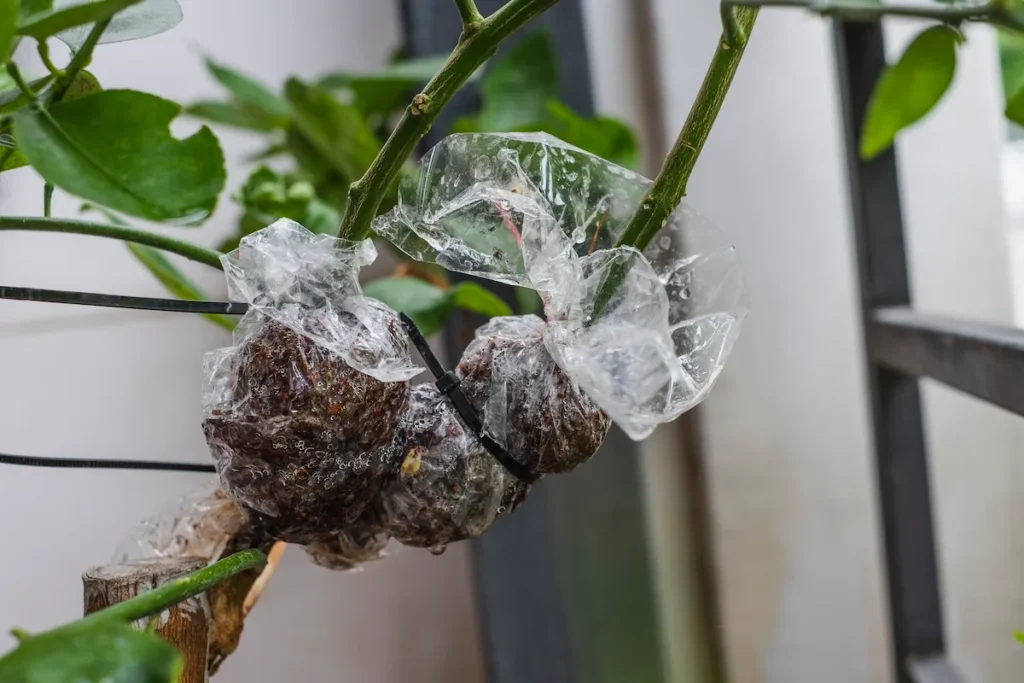
If you notice pests like beetles, caterpillars, or moths damaging your fruits or flowers, bagging is an effective, chemical-free solution. Use breathable fabric or mesh bags made from old curtains, laundry bags, or even cheesecloth to cover your plants.
Bagging prevents insects from laying eggs or chewing on leaves and fruit, acting as a physical barrier. This method works well for fruit trees, tomatoes, and flowers, especially when pest outbreaks are common. Plus, it’s reusable and much cheaper than buying insecticides.
7. Remove Tomato Hornworms Manually
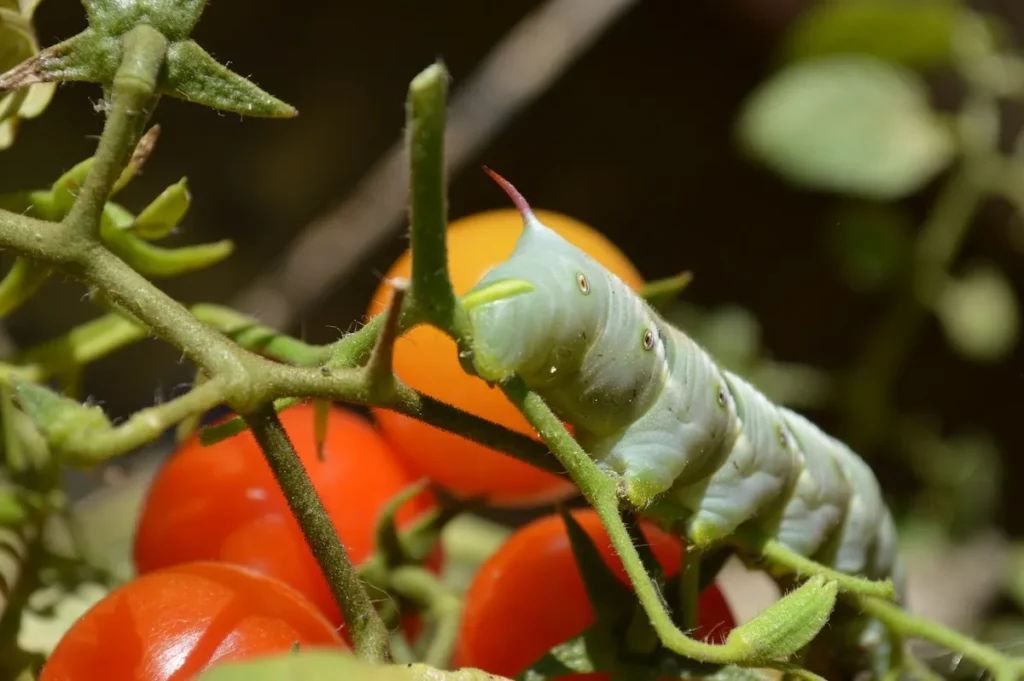
Tomato hornworms are large green caterpillars that can rapidly damage your tomato plants by eating leaves and fruit. They blend well with foliage and can be hard to spot at first.
The simplest way to deal with them is by inspecting your plants regularly and picking the hornworms off by hand. Drop them into a bucket of soapy water to dispose of them safely. This method takes patience but is highly effective and chemical-free. Gardeners often report that handpicking hornworms reduces infestations significantly without harming beneficial insects.
8. Make Your Own Seed Tape
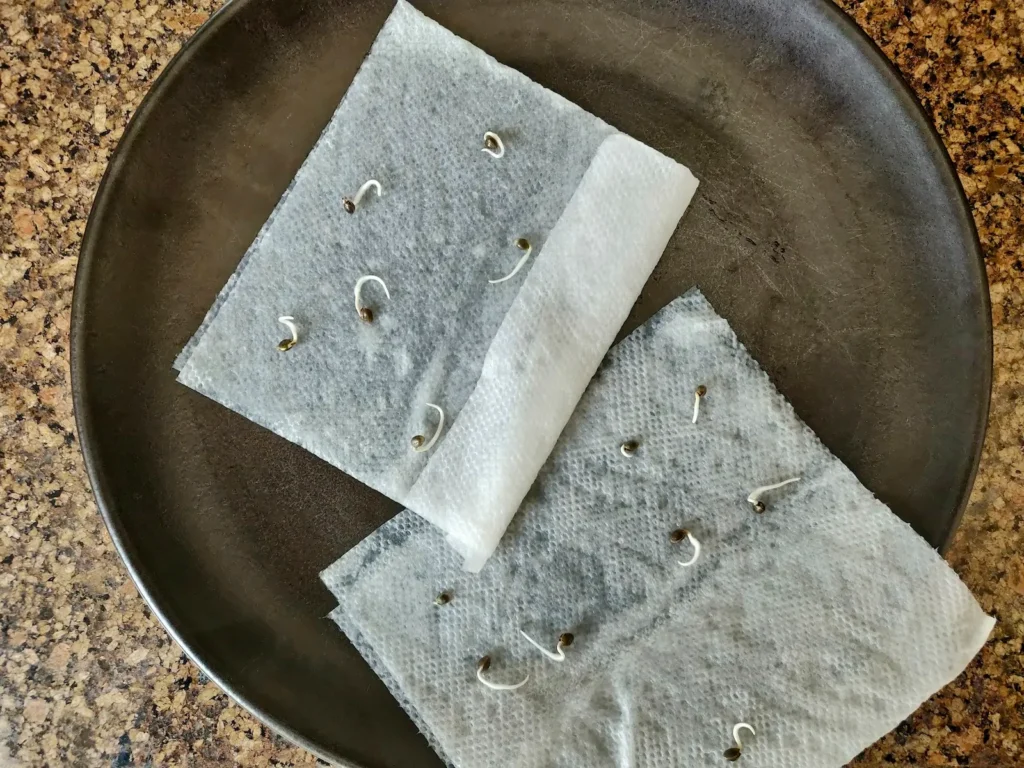
Planting small seeds can be tricky, especially when it comes to spacing. Seed tape makes planting precise and mess-free. You can make your own seed tape at home using strips of toilet paper or newspaper.
Lay your seeds spaced evenly on the strip and apply a flour-and-water paste to stick them down. Let the tape dry completely before planting it directly into your soil. The paper will biodegrade, and your seeds will sprout in perfectly spaced rows. Seed tape reduces seed wastage and helps beginner gardeners avoid overcrowding or uneven planting.
9. Space Out Seeds with a Muffin Tin
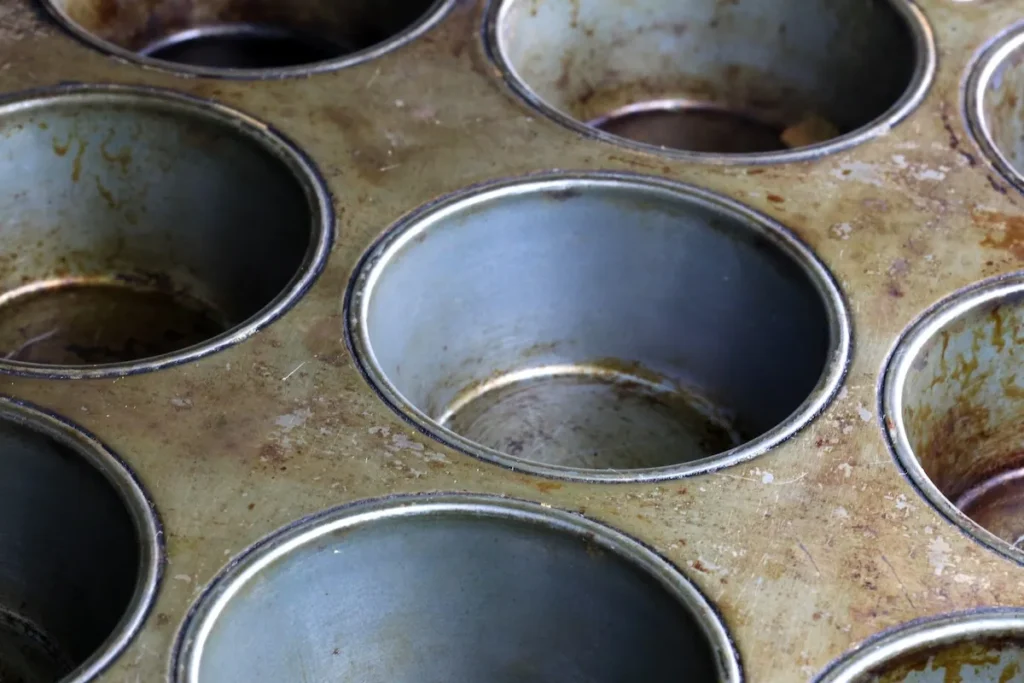
Muffin tins are perfect for organizing seeds and seedlings before transplanting them into your garden. Fill each muffin cup with soil and plant one seed per cup. This method keeps your seedlings separated, making it easy to monitor their growth.
Once seedlings grow large enough, you can gently transplant them into your garden without disturbing neighboring plants. Muffin tins are usually cheap or free if you find them at thrift stores, and they’re durable for multiple uses.
10. Protect Plants with Plastic Forks

Birds and small animals can be a nuisance in the garden, pecking at tender seedlings or digging up seeds. A simple and inexpensive way to deter them is by sticking plastic forks into the soil around your plants, with the prongs pointing upward.
The forks look like spikes and create a visual barrier that scares away pests without harming wildlife. Plus, plastic forks are often lying around after picnics or parties and can be reused for this purpose, reducing waste.
11. Grow Vegetables in Straw Bales
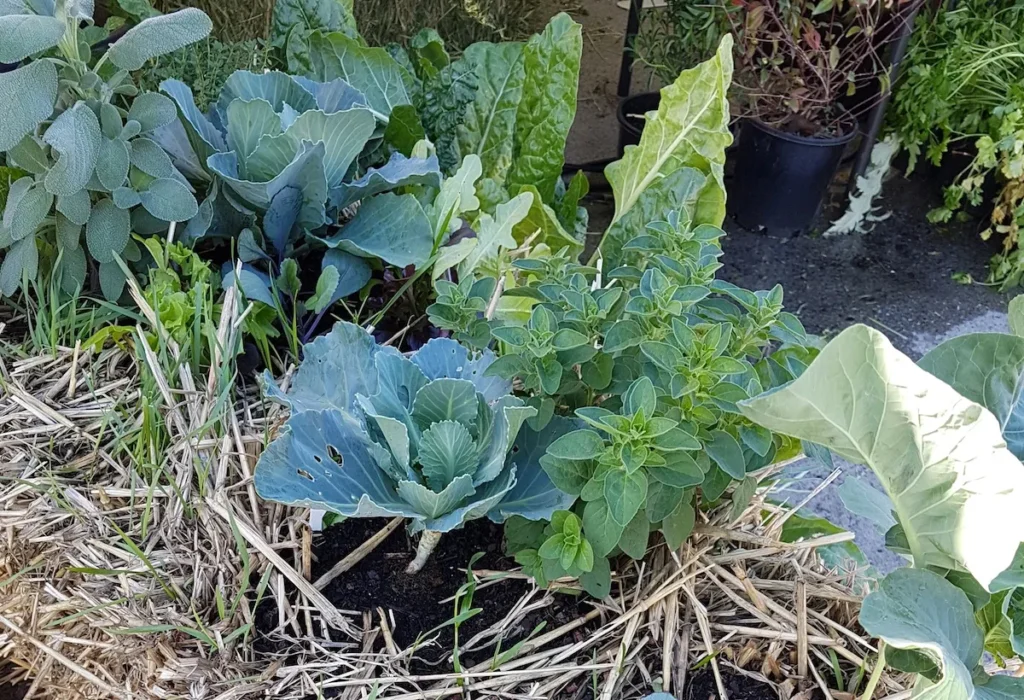
Straw bale gardening is a popular technique for growing vegetables cheaply and efficiently. Instead of building raised beds or buying expensive soil, use straw bales as your planting base.
To prepare, water and add fertilizer to the bales for a couple of weeks to start decomposition. Then, plant directly into the straw. The bales act like composting raised beds, providing nutrients and excellent drainage. Straw bale gardening is excellent for those with poor soil or limited space, and straw bales are often inexpensive or even free if you can find them locally.
12. Water the Garden with Reused Tap Water
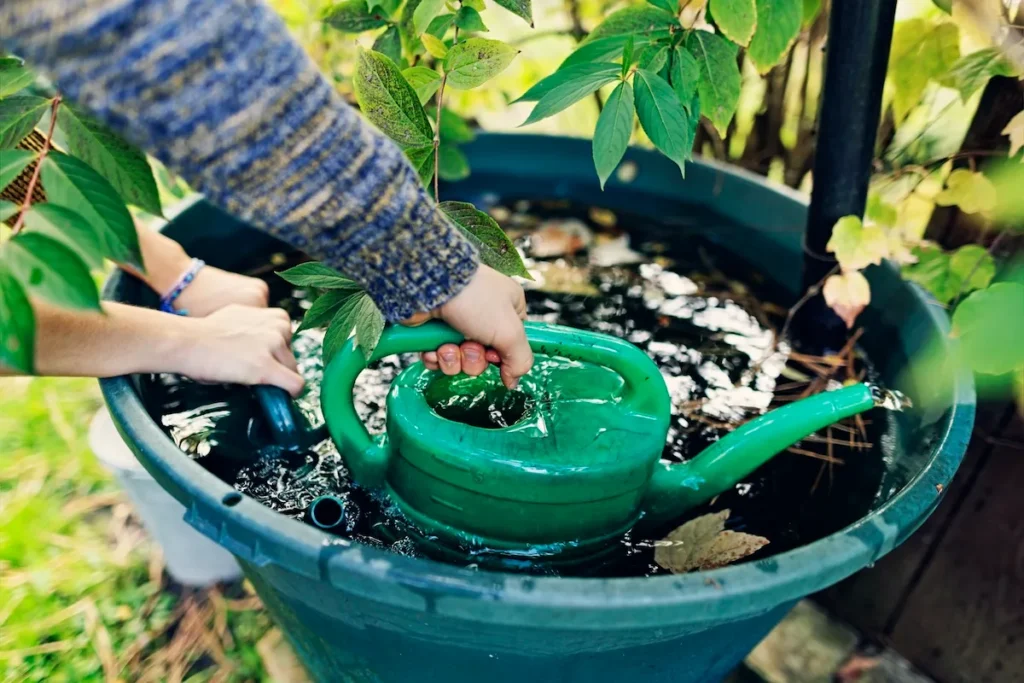
Don’t let leftover tap water go to waste. Instead of pouring it down the drain, save water used for rinsing vegetables, boiled water that has cooled, or any water that doesn’t contain soap or chemicals.
Use this water for your garden to reduce your water bill and conserve resources. Many gardeners swear by reusing kitchen water, especially for potted plants or container gardens. Just avoid using water that has come into contact with cleaning products or detergents.
13. Build a Natural Trellis
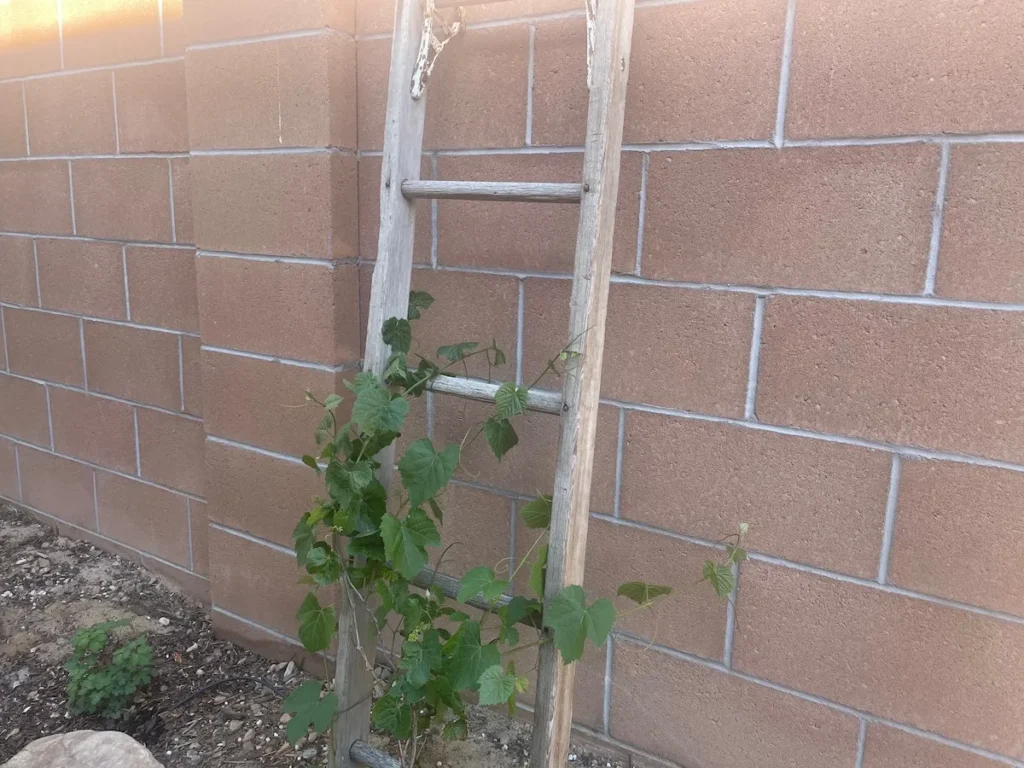
Supporting climbing plants like beans, peas, or cucumbers is essential for healthy growth. You don’t have to spend money on fancy trellises; instead, gather sticks, branches, or old wood from your yard or nearby areas.
Tie them together with string or twine to build a rustic, natural trellis. Not only is this budget-friendly, but it also adds charm to your garden and recycles materials. You can customize the size and shape based on your plants’ needs, and it’s a fun DIY project.
14. Make Your Own Insecticidal Soap
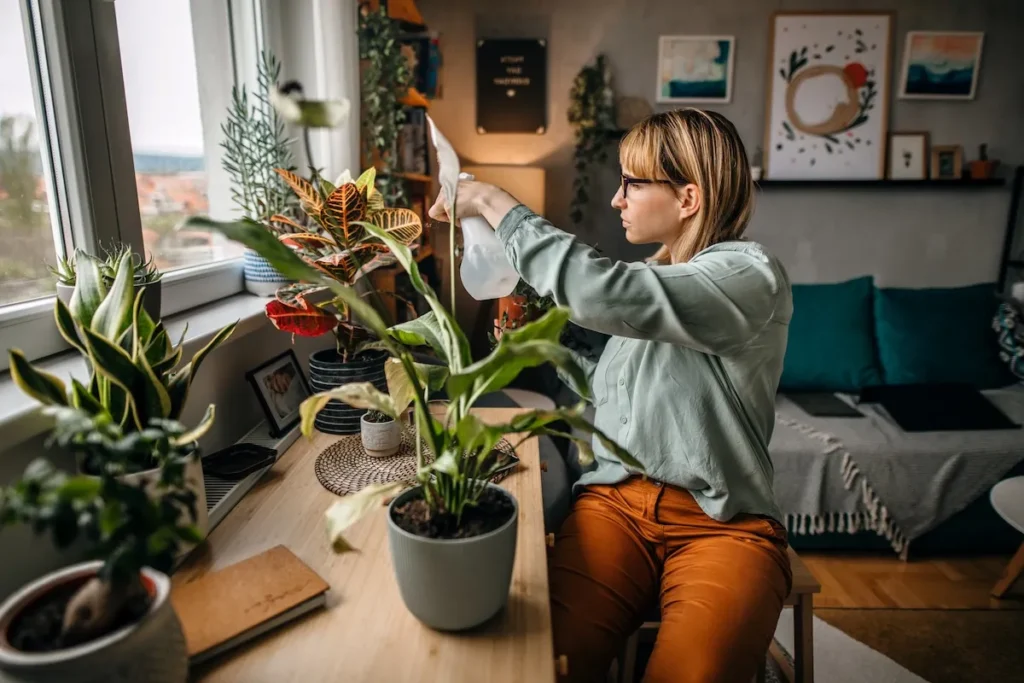
Commercial insecticides can be pricey and harsh on the environment. You can easily make your own insecticidal soap at home using mild dish soap and water.
Mix a few drops of soap in a spray bottle filled with water and spray on plants affected by aphids, whiteflies, or other soft-bodied insects. The soap breaks down their outer shells and helps control infestations naturally. Be sure to test on a small part of the plant first to avoid damage, and avoid using soaps with added fragrances or moisturizers.
15. Propagate New Plants from Cuttings
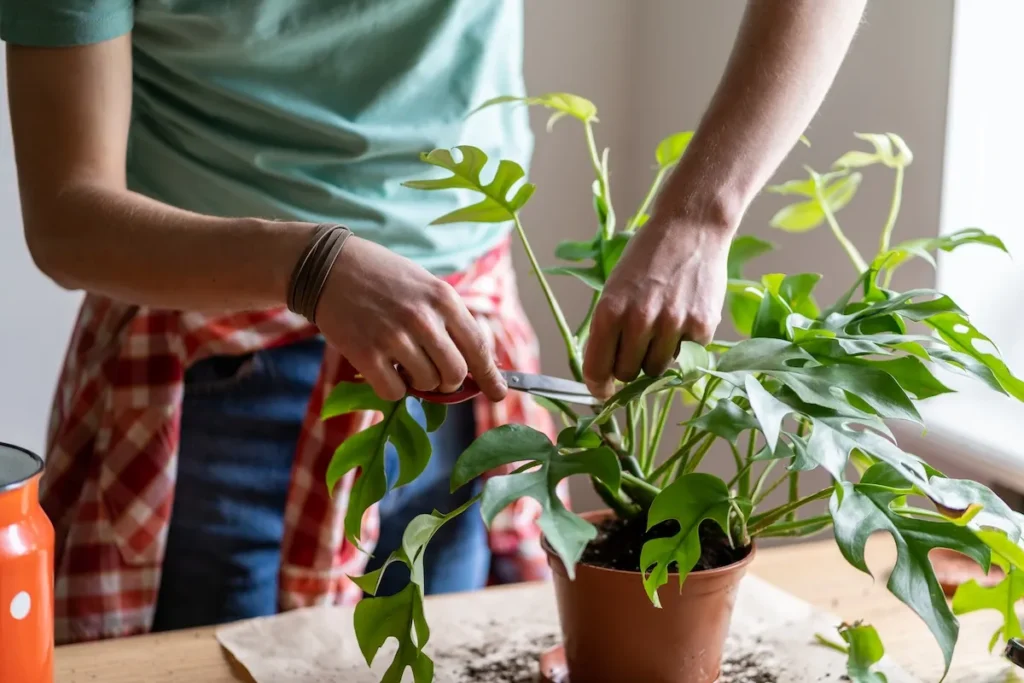
Why buy new plants when you can grow more from the ones you already have? Propagation through cuttings is a cost-free way to increase your plant collection.
Take healthy stem or leaf cuttings from your plants, place them in water or moist soil, and wait for roots to develop. Many herbs, houseplants, and shrubs root easily, giving you brand-new plants without spending a cent. It’s a rewarding way to expand your garden and share plants with friends.
16. Add Color or Interest with Repurposed Objects
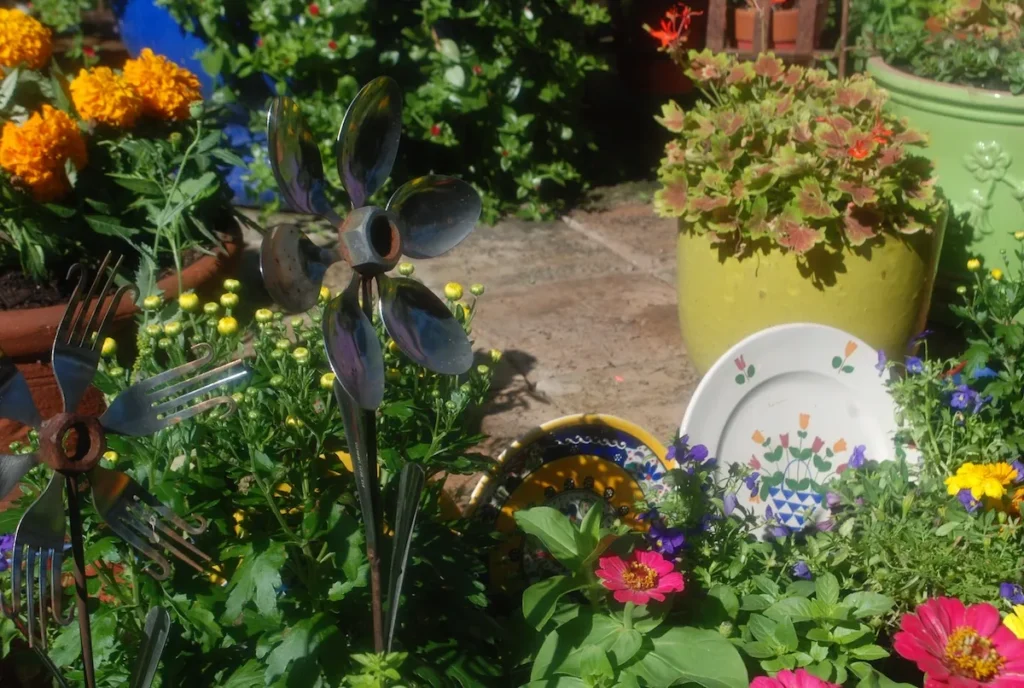
You don’t need to buy expensive garden ornaments or decorations to add personality to your garden. Look around your home for colorful bottles, old toys, painted stones, or broken ceramics that can be repurposed as garden art.
For example, a brightly painted rock can become a plant marker, or old bottles can be used as edging along garden beds. This approach is eco-friendly, fun, and adds a unique, personal touch to your outdoor space.
17. Protect Seedlings with Plastic Cloches
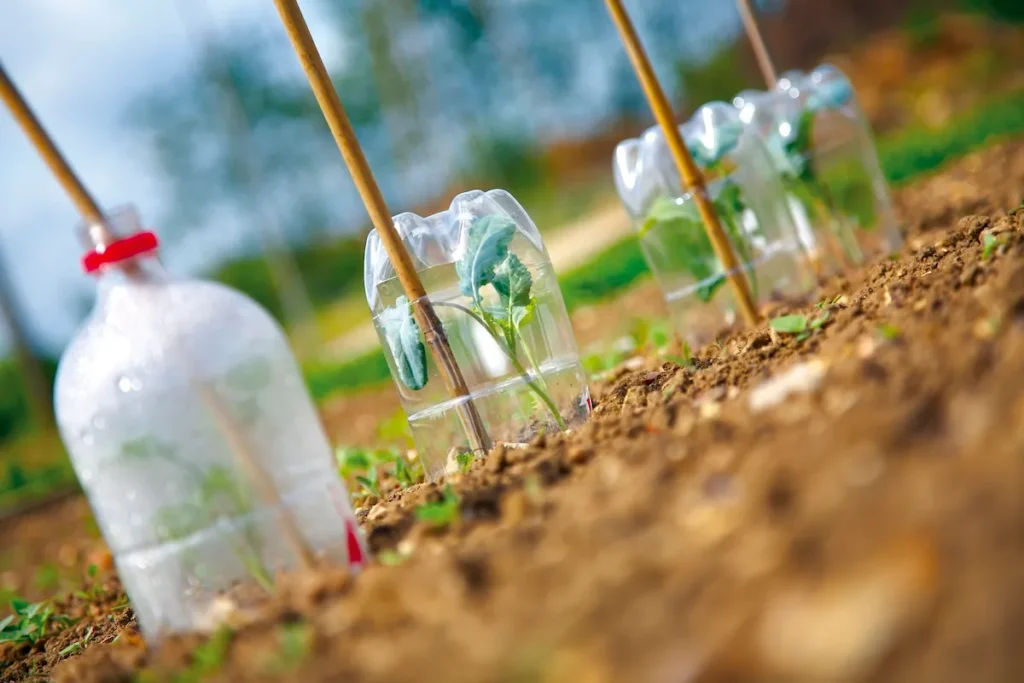
Young seedlings are vulnerable to frost, pests, and strong winds. Protect them by making your own cloches from recycled plastic bottles.
Cut the bottoms off large bottles and place them over your seedlings. These mini greenhouses trap warmth and moisture, giving your plants a safe start. As the seedlings grow, remove the cloches to avoid overheating. This trick is cheap, reusable, and uses materials you probably have on hand.
18. Start Seeds in Recycled Containers
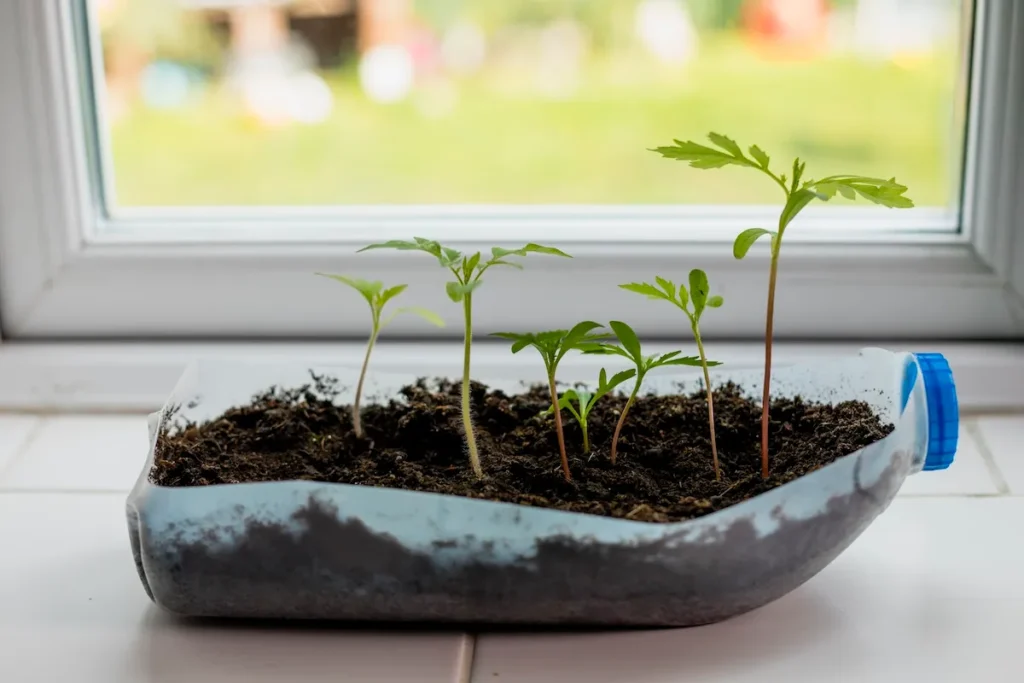
Instead of buying seed trays, start your seeds in recycled containers like yogurt pots, egg cartons, or milk cartons.
Just remember to punch drainage holes in the bottom and fill with good-quality seed-starting soil. These containers are easy to find around the house and help keep your seedlings organized. When the seedlings are ready, transplant them into your garden, and recycle or compost the containers.
19. Knock Out Slugs and Snails with Beer
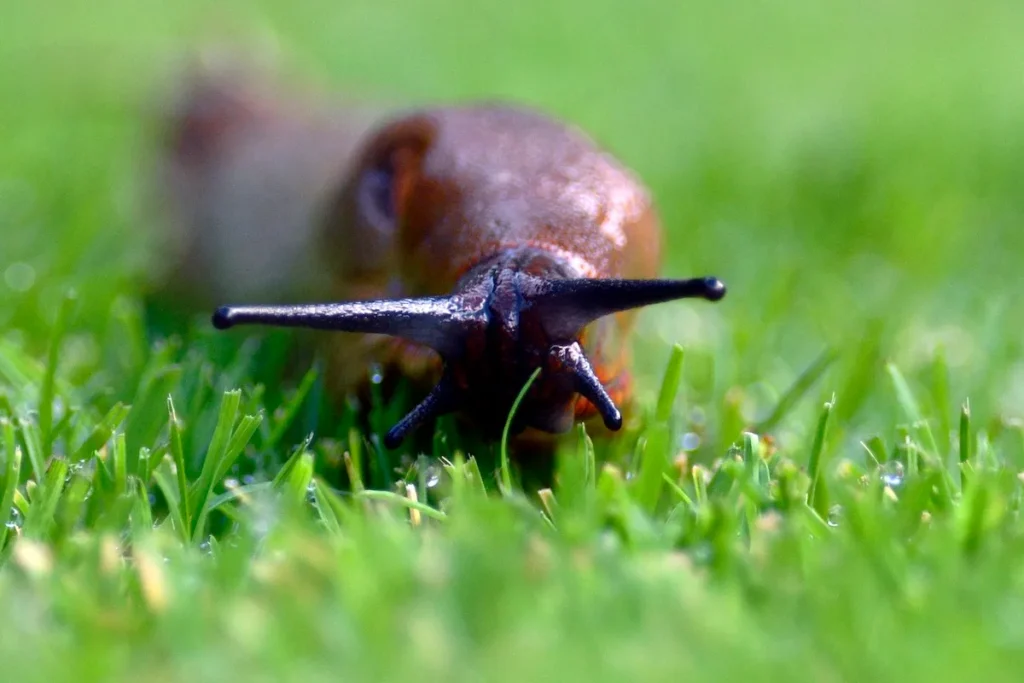
Slugs and snails can destroy young plants overnight. One of the cheapest and most natural ways to control them is with beer traps.
Bury shallow containers filled with cheap beer near your plants. The scent attracts the slugs and snails, which crawl in and drown. You’ll need to empty and refill the traps regularly, but this method is much safer and cheaper than chemical slug pellets.
20. Use Toilet Paper Tubes as Seed-Starting Pots
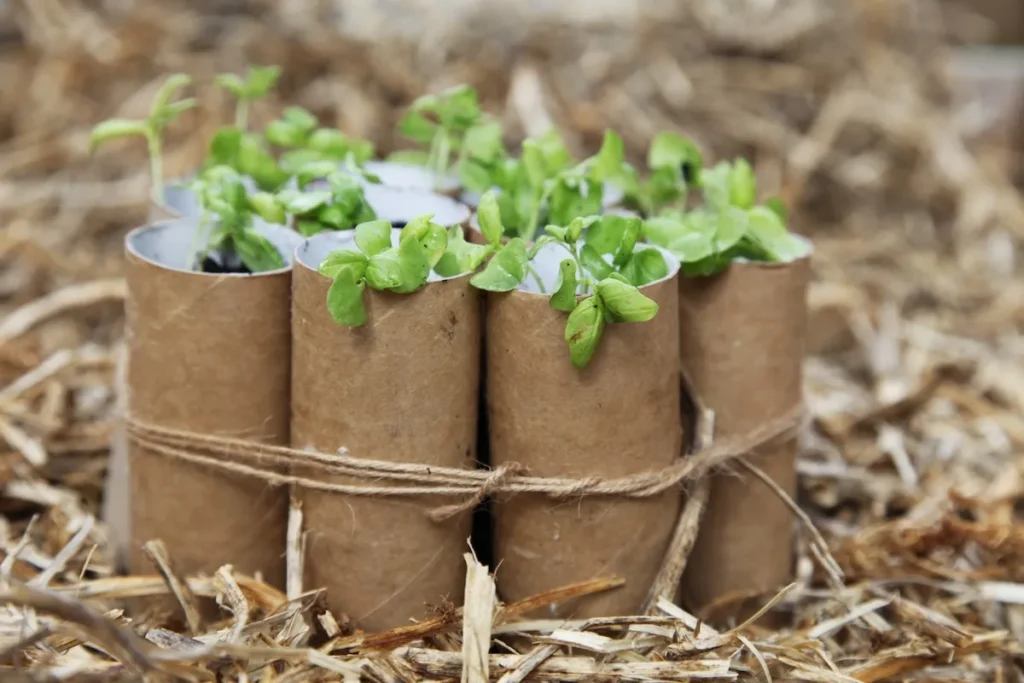
Toilet paper tubes are perfect biodegradable seed starters. Cut them into smaller sections, stand them upright in a tray, fill with soil, and plant your seeds.
Once seedlings are ready to transplant, plant the whole tube in the ground. The cardboard breaks down naturally, preventing root disturbance and reducing transplant shock. This is an excellent way to recycle and start seeds cheaply.
Final Thoughts
Gardening on a budget is not only possible but also incredibly rewarding. The 20 dirt-cheap ways to maintain your garden that we’ve explored prove that with a little creativity, resourcefulness, and patience, you don’t need to spend a lot to enjoy a flourishing, vibrant garden.
These methods show that everyday household items, natural materials, and simple DIY projects can do wonders for your plants—whether it’s watering efficiently with homemade drip irrigation or protecting your seedlings with recycled plastic bottles.
One of the best things about these tips is how they encourage sustainability and reduce waste. Using old cardboard to kill grass, repurposing wine corks for seed starting, or recycling containers to grow seedlings not only saves money but also helps the environment by keeping materials out of the landfill.
Plus, many of these ideas replace the need for costly and sometimes harmful chemicals, making your garden a healthier space for both you and local wildlife.
Patience and observation are key to successful gardening, especially when trying out new techniques. For example, handpicking pests like tomato hornworms or creating homemade insecticidal soap might take a bit more time upfront, but the long-term benefits of chemical-free pest control are well worth it.
And don’t forget, gardening is a learning process—what works perfectly for one plant or garden might need tweaking for another.
Ultimately, gardening on a budget invites you to connect more deeply with nature and your own creativity. It’s about making the most of what you have, learning from each season, and enjoying the simple pleasures of watching your plants grow and thrive.
So, get your hands dirty, try these dirt-cheap hacks, and embrace the joyful journey of growing your garden without breaking the bank.
Happy gardening!




